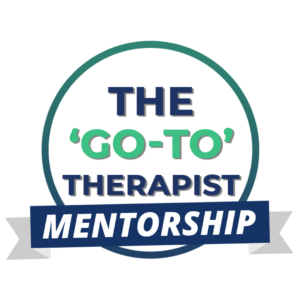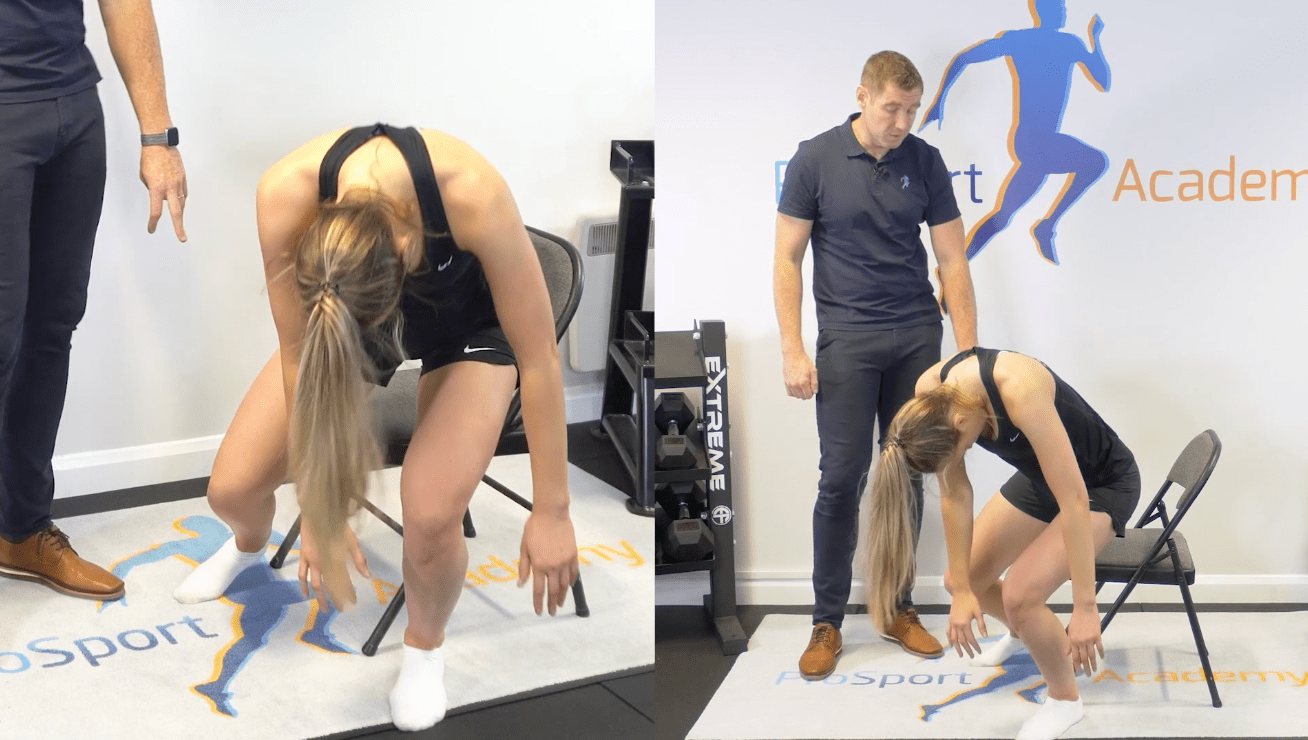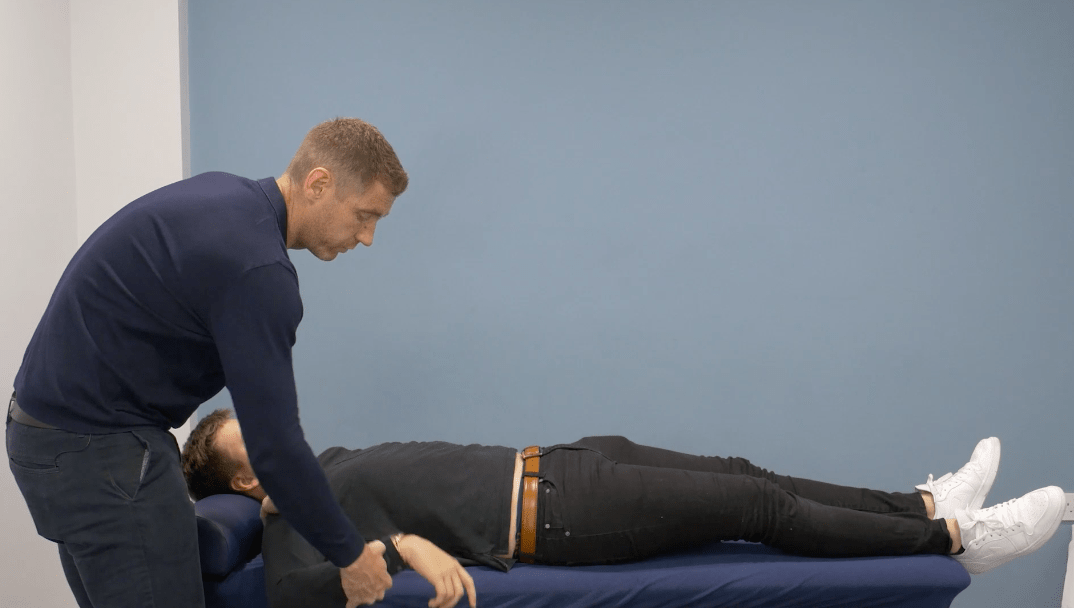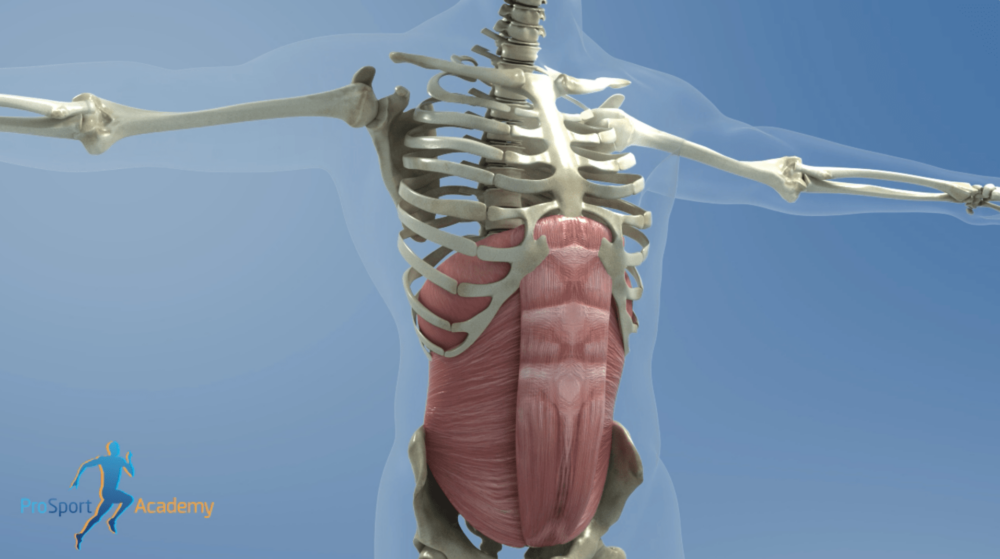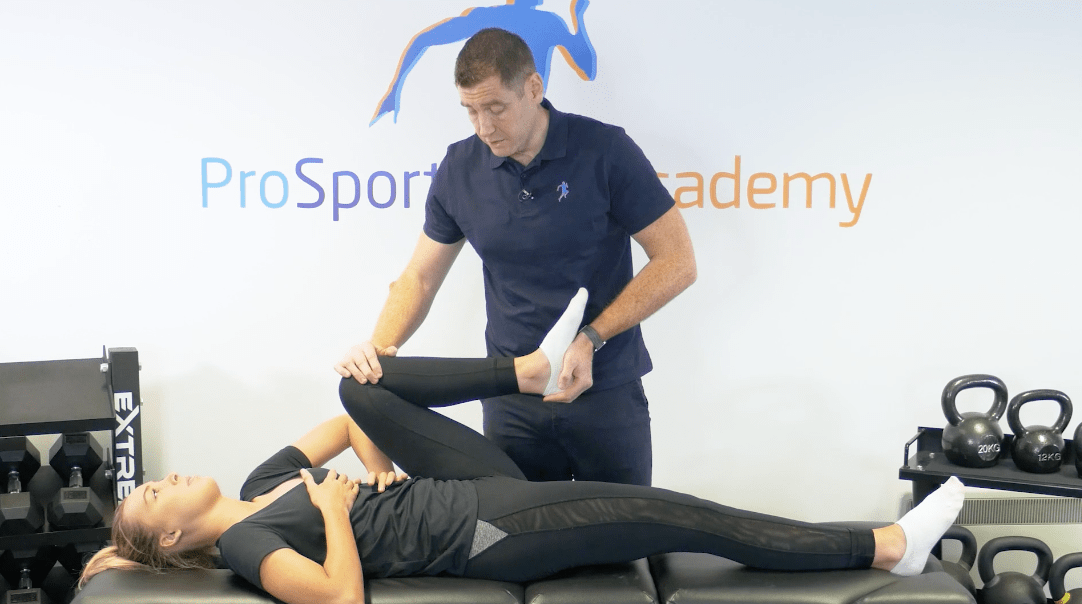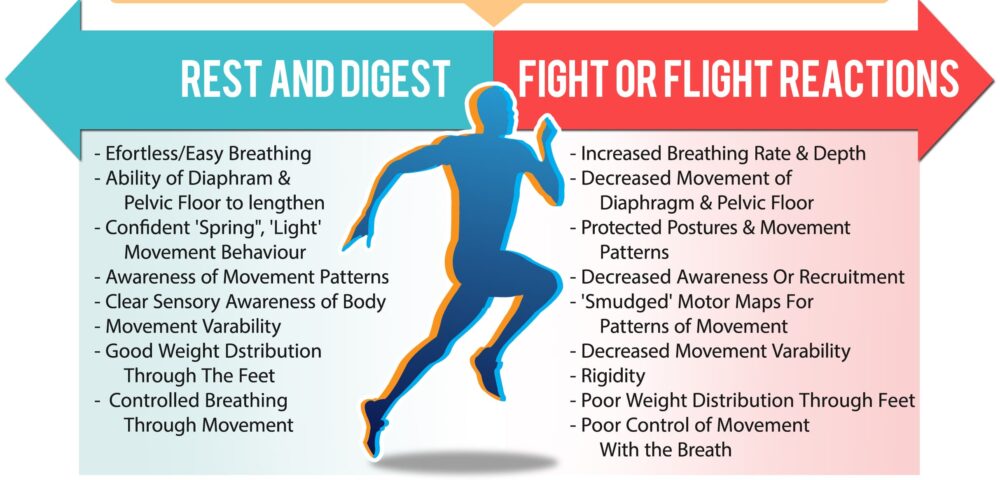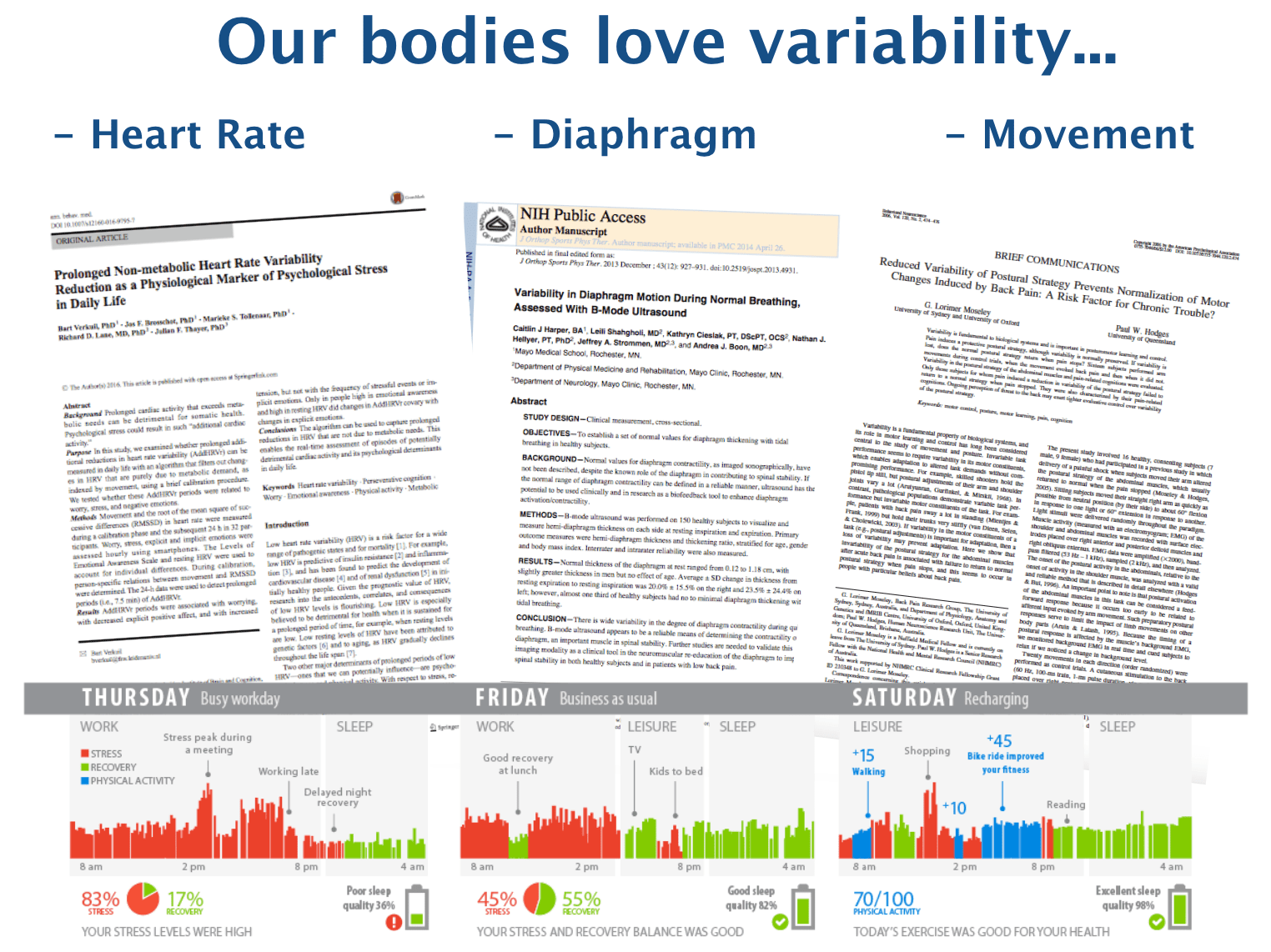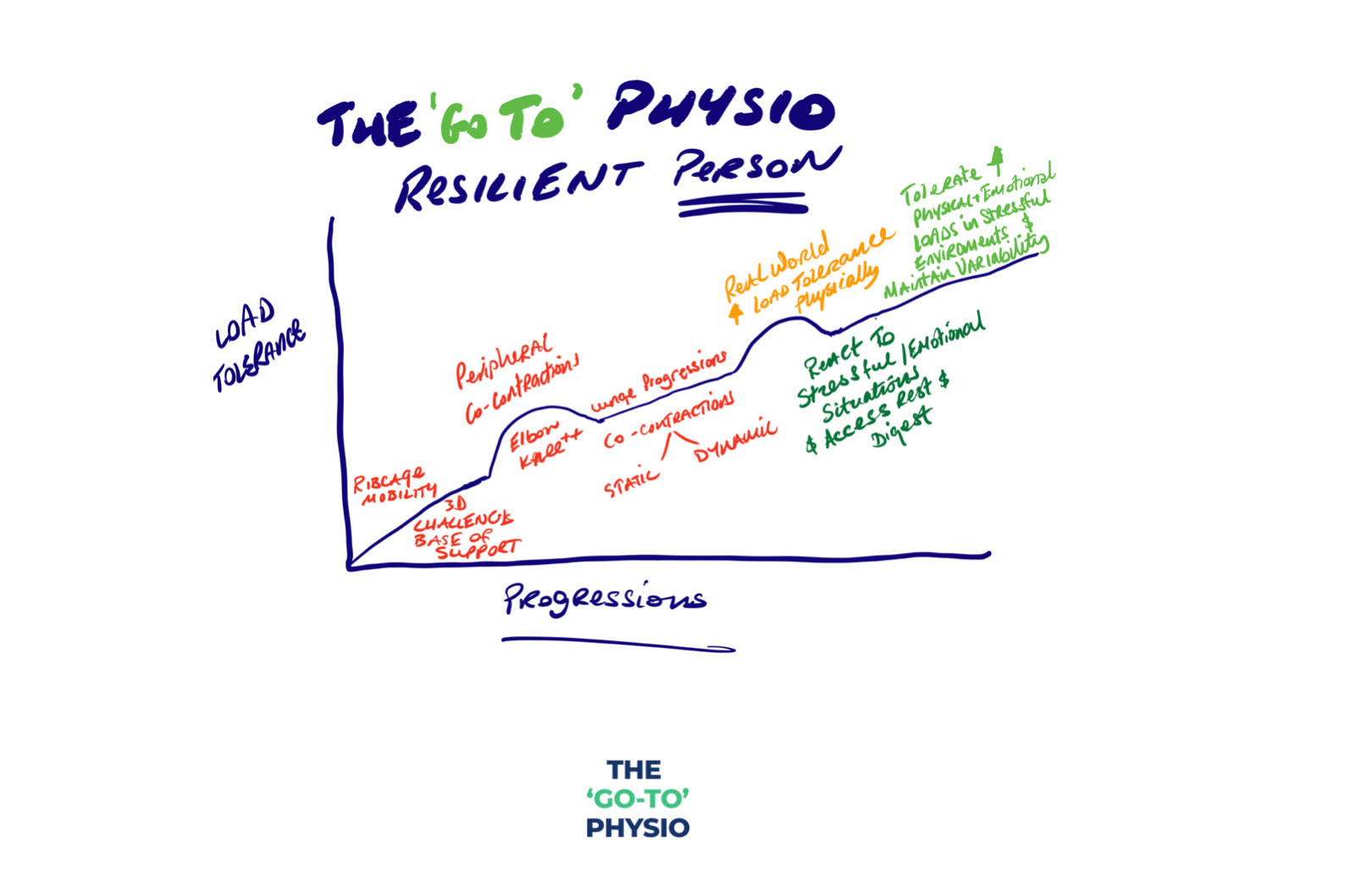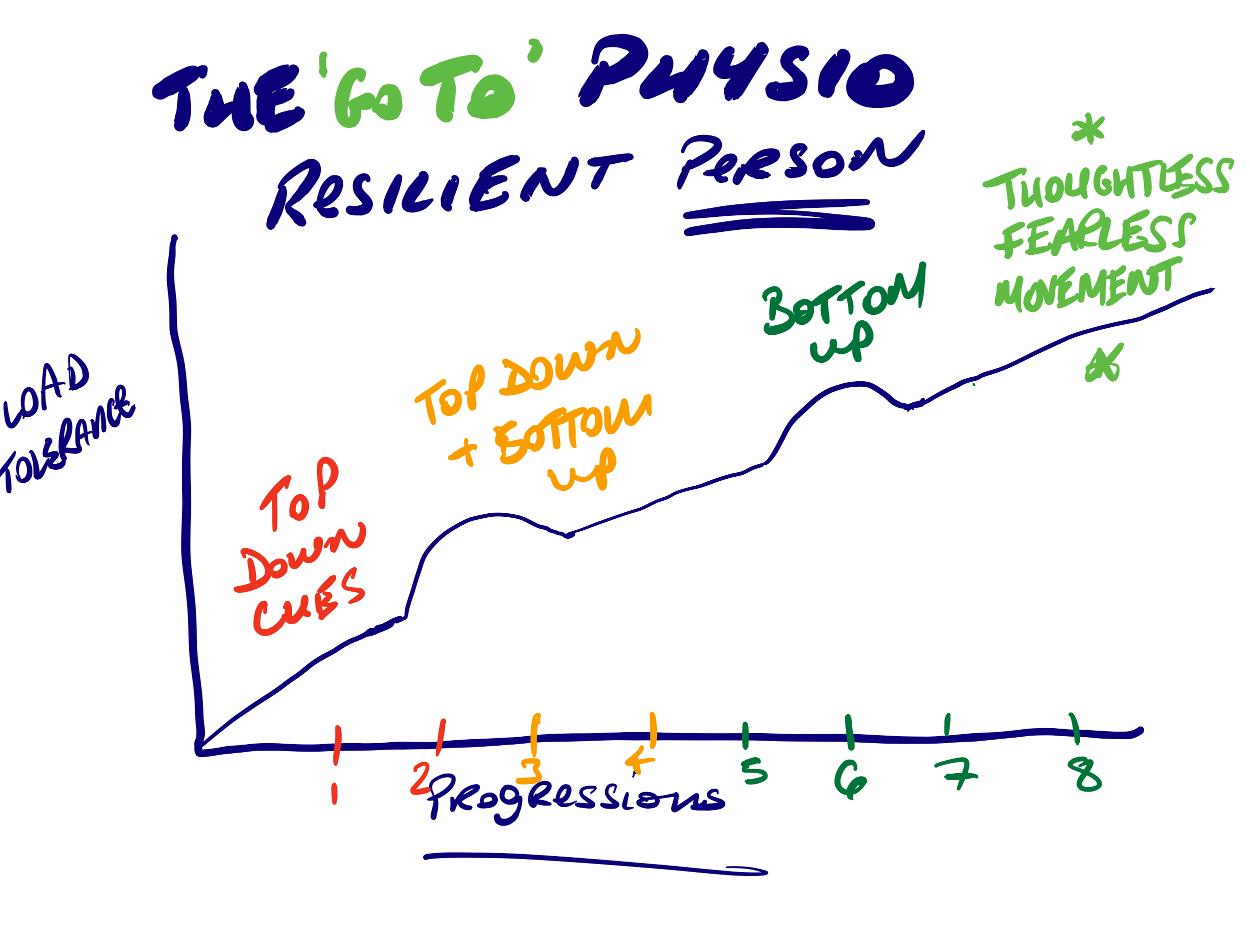How The Postural Restoration Institute Has Influenced My Step By Step Approach
People always ask me about my thoughts on the Postural Restoration Institute (PRI).
I’ve taken 3 PRI courses and also paid privately for one of their top clinicians to mentor me privately so please don’t mistake this as my opinion after only taken a few short courses.
I’ve invested time, energy, and resources into learning and understanding PRI to the best of my ability, and here are my key takeaways…
First off let’s cover what PRI is and isn’t…
What Is The Postural Restoration Institute?
Founded in 2000 the Postural Restoration Institute (PRI) are a group of healthcare professionals and therapists that focus on exploring posture as a main contributing factor to many health problems.
The PRI research postural adaptations and the asymmetries of the human body and their impact on and relationship with what they call the polyarticular chains of the body.
They explain that the design of our bodies is asymmetrical. Our muscles, neurological, respiratory, and vision systems occupy spaces within the body but do not necessarily match on each side of the human body.
The PRI say these asymmetries within the human body are balanced through an integrated system of imbalances. For example, they explain that the torso is balanced by the liver on the right and the heart on the left side of the body.
These usual imbalances must be regulated to prevent the overuse of one side. If overuse of one side does occur or they go into system disuse, inhibiting the function of the body, resulting in problems and weaknesses.
The PRI use this information and approach to develop new treatment techniques and therapy to correct postural patterns.
Ron Hruska And The Postural Restoration Institute
Ron Hruska is the founder of the Postural Restoration Institute (PRI). He holds a degree in physical therapy, a master’s in public administration, and has over 35 years of clinical experience.
In 1999, Ron opened a private practice physical therapy clinic in Lincoln, Nebraska, and in 2000 he established PRI with the goal of exploring the ideas and science behind postural adaptations, asymmetrical patterns, and the influence of polyarticular chains of muscles.
Ron still works in education, teaching courses at the PRI to therapists both nationally and internationally and consults regularly with physicians, physical therapists, massage therapists, athletic trainers, optometrists, dentists, and other health care and fitness professionals throughout the US.
Postural Restoration Institute PRI Breathing
The Postural Restoration Institute (PRI) focus on a number of areas that have a wider impact on our bodies. One of the key ideas they share is the role of the diaphragm muscle.
We know the diaphragm is primarily a respiratory muscle but the PRI encourage therapists to consider its integration with the ribcage and a system they call the Anterior Interior Chain.
They say the diaphragm is naturally weaker on the left side of the body as opposed to the right. It is then attached to the inner ribcage by muscle fibres and what is called the zone of apposition.
If a patient is not breathing correctly and they experience hyperinflation, paradoxical breathing or accessory respiratory muscle overuse then this can cause the ribcage to rotate, having a knock-on effect to other related tissues and causing imbalances.
To counter this and prevent systems from going into disuse or weakness they look to retrain the diaphragm and restore diaphragmatic breathing.
They say a system of treatment, physical therapy and PRI breathing patterns will amend negative postural patterns and correct the orientation of the ribcage, preventing the body from going into system disuse and allowing tissues to function correctly together.
This is my current understanding and I am very much open to correction on the above if any of this is inaccurate from their point of view.
So How Have The Postural Restoration Institute Influenced My Approach?
First off, as a physical therapy practitioner, I am in the business of building people up, not knocking them down…
Therefore I won’t be slagging off or highlighting ‘faults’ within the system. No system is perfect including my own. What I will cover are the positives that I’ve taken from PRI and helped me become a better physical therapist.
So with that said let’s get started…
A Little Bit Of Information Is Dangerous With The Human Body
I have massive respect for the Postural Restoration Institute and on my journey studying their breathing patterns, imbalances, positions, exercise techniques, I quickly learned that a little bit of information is dangerous.
I started out with the myokinematic course (home study), then the postural restoration course (live in the UK) and then the pelvis restoration course (home study).
When I first started out, I fell into the tripwire of just giving every patient the same exercises based on the test results from the courses.
Truth be told, I changed a lot of the tests but only short term. I flared some patients up because I didn’t really understand what I was doing. I was just following algorithms on the course notes without really understanding the ‘why’ behind what I was doing.
I quickly realised this is not something that you will learn in 3-4 weekend courses. This would take years to master and that is absolutely fine.
I already had a system that was getting good results so I wasn’t ‘wowed’ by changing the results of tests quickly, for me in professional sport, it was was more about long term changes…
…and in all honesty, I wasn’t prepared to put in the time and effort needed to go through each course and the certification.
However, I knew these some good stuff in their approach so with my limited knowledge of PRI, I took a step back and asked myself why were they getting such good results with some people and what could I learn?
The beauty of having a step by step system already in place is that you can take the good from courses and implement into your own system to improve your own system by 1-2% rather than going completely off track with just a little bit of knowledge.
Therefore I respected that I didn’t know PRI inside out and kept the main the main thing starting with…
The Importance Of Ribcage Mobility And How It Affects The Peripheral Limbs
I’ll always credit PRI with really making me realise the importance of ribcage mobility and how it affects the peripheral limbs.
I’ve adapted the HGIR concept now to integrate a similar type of concepts for hip flexion in the lower limb in order to mobilise the pelvic floor and then recheck hip flexion for groin and back pain patients etc.
I don’t complicate it with airflow and various other bits although I appreciate all of this stuff is important, but rather for now I just keep it simple with regards the diaphragm and pelvic floor which leads me to my next key takeaway…
The Diaphragm And Pelvic Floor Need To Go Through A Full Range Of Motion
While PRI can be quite specific favouring the left side of the body and specific diaphragm positions etc, I tend to keep it simple.
PRI woke me up to the possibility of the diaphragm and pelvic floor been overlooked in many injuries and so I studied the diaphragm and pelvic floor in a lot more detail.
I studied Pavel Kolar’s work, various breathing courses and also flew Emiliano Zanier over to the UK from Italy to spend a few days with me teach me about these interactions.
I took all this information, digested it and then looked at how I could take the good bits and clinically reason using it within an evidence-based practice in the real world.
I was careful not to get too carried away with some claims yet kept an open mind on what we were influencing while still being comfortable with not having all the answers.
The Importance Of The Integration And Interaction Of The Neurological, Musculoskeletal And Respiratory Systems For A Person In Pain
While vision systems, glasses and a dentist approach in PRI is way beyond my level of knowledge and understanding…
I can appreciate how helping someone’s airway can help them sleep better, access rest and digest among many other benefits.
I’ve personally studied myofunctional therapy and implemented some of these techniques successfully with some of my cervical and neck pain patients. However, these techniques were used at the right time in the graded exposure program and were not a ‘magic bullet’.
However, I think referring a patient to a dentist or optometrist is a big call and I still think us as a physical therapy profession can make massive changes with people.
When I first learned about myofunctional therapist and met with dentists etc, I personally found I was getting lazy and my belief system was changing. I was ‘looking out’ for these issues and found myself believing that referring people to dentists was the only way we could help them.
Luckily I continued to improve my understanding of the power of the breath and helping these people sleep better, move better, understand their bodies better and get in control of their thoughts and beliefs, my beliefs started to change again.
As a physical therapist, I kept the main thing the main thing. I helped build patients confidence and self-belief back up, empowering them with what they can do and most respond well.
Opportunity To Learn From Postural Restoration Certified Clinicians
After having the privilege to spend a week with one of the top PRI clinicians in the world, my understanding of PRI improved massively and my respect for the institute continues to grow.
In regards to my treatment approach, little changed.
That’s not a bad thing.
I got full value from the week learning from this great clinician but I have a structure and system in place and I am at a place now where I understand what I’m doing and don’t need to add more complexity for possibly little improvement in outcomes.
I’ve had time to implement my learnings in pro sport. I’ve been able to get players ‘neutral’ and pass all the tests I’ve learned, yet they can still have pain or struggle with certain movements.
This further emphasised the importance of Louis Gifford’s ‘thoughtless, fearless, movement’ quote to me and that it’s not all about posture, positions and tests. Sure they are useful clinically, but not the only thing that matters.
To me, bridging the gap from a low level to high-level rehab is the art of our profession where the person has to move with thoughtless, fearless, movement.
We need to expose our patients to movements and environments that use predominantly ‘bottom-up’ approaches and move away from ‘top-down’ cues and exercises.
How I Now Use The Knowledge I Learned From PRI In Day To Day Practice
So that begs the question, how do I use the knowledge I learned from PRI on a day to day basis?
First off, I appreciate the importance of ribcage mobility and just like restoring knee or hip range of motion, I focus on restoring ribcage mobility if needed.
I will use prolonged exhalations if I want to lengthen the diaphragm (and contract the pelvic floor) and slow inhalations if I want to lengthen the pelvic floor (contract the diaphragm).
I may use a balloon if someone has a very stiff ribcage (some rugby players) yet I find myself using ‘humming’ more and more often in the clinic with non-sporting patients.
Once we have a good range of motion around the diaphragm (ribcage mobility), I will then take more of a graded exposure approach in putting load through tissues and further using breathing techniques to perhaps desensitise these tissues to tolerating load during the exercise if needed.
These exercises initially would be using ‘top-down’ and ‘bottom-up’ cues with the exercises and the breathing techniques. This would be a combination of restoring co-contractions peripherally while decreasing co-contractions centrally through simple movements and using the breath to facilitate the diaphragm movement to help the ribcage and/or to help the patient access ‘rest and digest’.
From here then, this is where we leave the PRI influence and we bridge the gap from low level to high-level rehab.
From here, we move towards progressions that are working towards Frans Bosch type movements and Gary Gray type movements that allow me to place increased loads on a person’s nervous system in meaningful positions outside of higher centre control (bottom-up).
We can challenge the base of support with increased speed of movements to ensure the person has to use ‘thoughtless, fearless, movement’ to succeed.
Final Thoughts On PRI
Postural Restoration Institute has certainly influenced my approach but I’m not a PRI practitioner. I really enjoy listening to Ron Hruska and others talk about it but for me, it’s a little too complicated.
If I add a 1% improvement to my step by step system each year, I’m happy. I like to understand the ‘why’ behind everything I am doing. That helps me improve my clarity which improves my confidence which improves my treatment outcomes. Maybe someday I’ll revisit PRI but more now I’m happy to continue with my step by step system.
